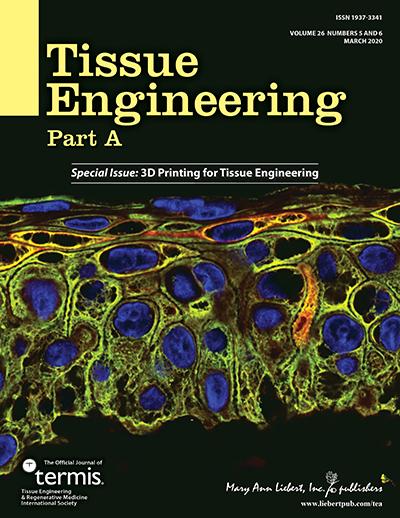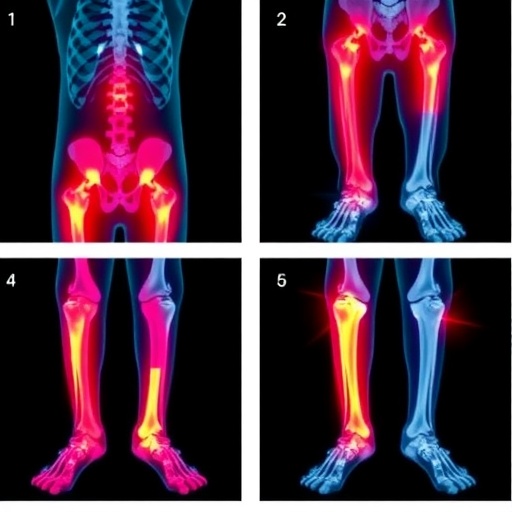
Credit: Mary Ann Liebert, Inc., publishers
New Rochelle, NY, April 17, 2020–Spinal cord injury (SCI) creates a complex microenvironment that is not conducive to repair; growth factors are in short supply, whereas factors that inhibit regeneration are plentiful. In a new report, researchers have developed a structural bridge material that simultaneously stimulates IL-10 and NT-3 expression using a single bi-cistronic vector to alter the microenvironment and enhance repair. The article is reported in Tissue Engineering, a peer-reviewed journal from Mary Ann Liebert, Inc., publishers. Click here to read the article for free on the Tissue Engineering website through May 17, 2020.
In “Polycistronic Delivery of IL-10 and NT-3 Promotes Oligodendrocyte Myelination and Functional Recovery in a Mouse Spinal Cord Injury Model,” Lonnie D. Shea, PhD, University of Michigan, and coauthors report the development of a new poly(lactide-co-glycolide) (PLG) bridge with an incorporated polycistronic IL-3/NT-3 lentiviral construct. This material was used to stimulate repair in a mouse SCI model. IL-10 was included to successfully stimulate a regenerative phenotype in recruited macrophages, while NT-3 was used to promote axonal survival and elongation. The combined expression was successful; axonal density and myelination were increased, and locomotor functional recovery in mice was improved.
“Inflammation plays a vital role in tissue repair and regeneration, and the use of a PLG bridge to take advantage of the inflammatory response to promote SCI repair is an elegant way to take advantage of these natural processes to improve SCI healing,” says Tissue Engineering Co-Editor-in-Chief Antonios G. Mikos, PhD, Louis Calder Professor at Rice University, Houston, TX.
###
About the Journal
Tissue Engineering is an authoritative peer-reviewed journal published monthly online and in print in three parts: Part A, the flagship journal published 24 times per year; Part B: Reviews, published bimonthly, and Part C: Methods, published 12 times per year. Led by Co-Editors-in-Chief Antonios G. Mikos, PhD, Louis Calder Professor at Rice University, Houston, TX, and John P. Fisher, PhD, Fischell Family Distinguished Professor & Department Chair, and Director of the NIH Center for Engineering Complex Tissues at the University of Maryland, the Journal brings together scientific and medical experts in the fields of biomedical engineering, material science, molecular and cellular biology, and genetic engineering. Leadership of Tissue Engineering Parts B (Reviews) and Part C (Methods) is provided by Katja Schenke-Layland, PhD, Eberhard Karls University, Tübingen, Heungsoo Shin, PhD, Hanyang University; and John A. Jansen, DDS, PhD, Radboud University, and Xiumei Wang, PhD, Tsinghua University respectively. Tissue Engineering is the official journal of the Tissue Engineering & Regenerative Medicine International Society (TERMIS). Complete tables of content and a sample issue may be viewed on the Tissue Engineering website.
About the Publisher
Mary Ann Liebert, Inc., publishers is a privately held, fully integrated media company known for establishing authoritative peer-reviewed journals in many promising areas of science and biomedical research, including Stem Cells and Development, Human Gene Therapy, and Advances in Wound Care. Its biotechnology trade magazine, GEN (Genetic Engineering & Biotechnology News), was the first in its field and is today the industry’s most widely read publication worldwide. A complete list of the firm’s 90 journals, books, and newsmagazines is available on the Mary Ann Liebert, Inc., publisher’s website.
Media Contact
Kathryn Ryan
[email protected]
Original Source
https:/
Related Journal Article
http://dx.




